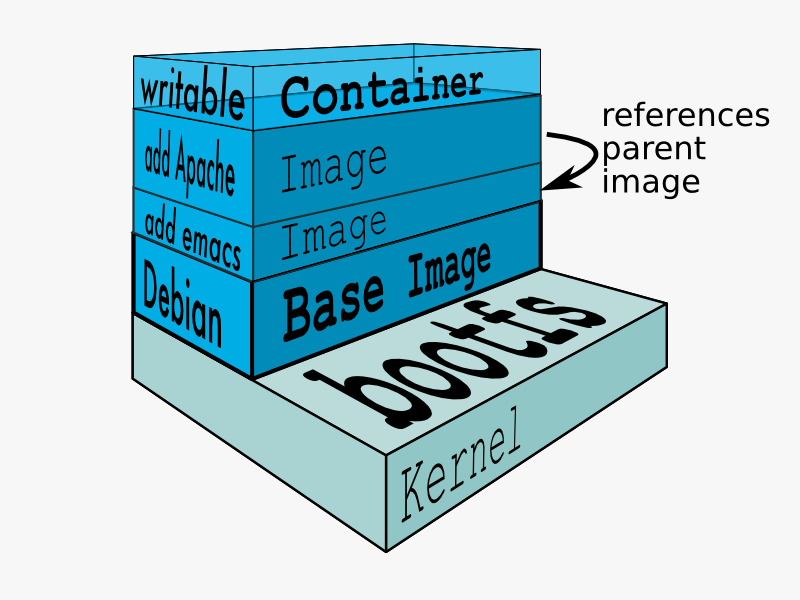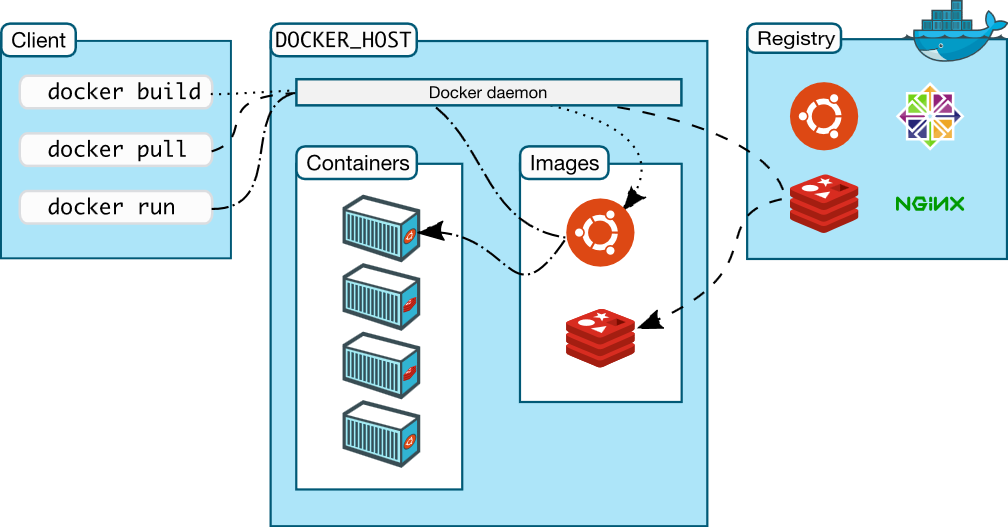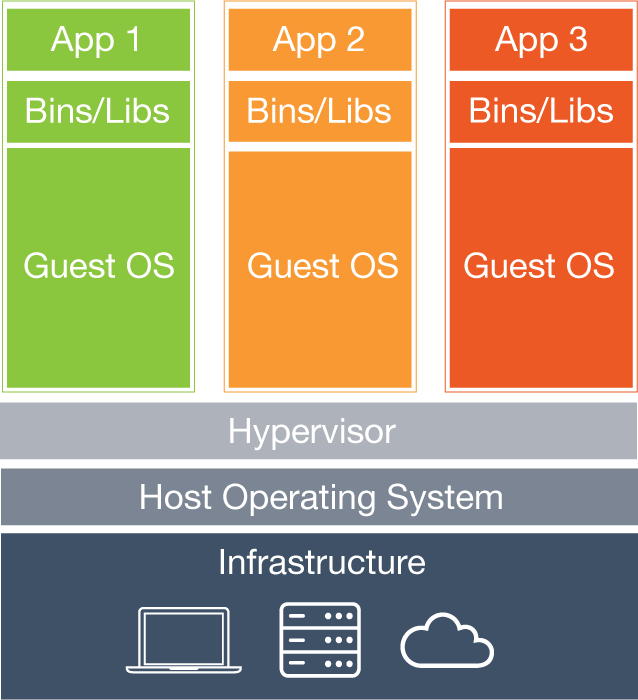PPT2ANY.vbs
Option Explicit PPT2ANY "PATH_TO_INFILE\NEOHOPE.COM.IN.pptx","PATH_TO_INFILE\NEOHOPE.COM.OUT.pdf","PDF" PPT2ANY "PATH_TO_INFILE\NEOHOPE.COM.IN.pptx","PATH_TO_INFILE\NEOHOPE.COM.OUT.png","PNG" Sub PPT2ANY( inFile, outFile, outFormat) Dim objFSO, objPPT, objPresentation, pptFormat Const ppSaveAsAddIn =8 Const ppSaveAsBMP =19 Const ppSaveAsDefault =11 Const ppSaveAsEMF =23 Const ppSaveAsExternalConverter =64000 Const ppSaveAsGIF =16 Const ppSaveAsJPG =17 Const ppSaveAsMetaFile =15 Const ppSaveAsMP4 =39 Const ppSaveAsOpenDocumentPresentation =35 Const ppSaveAsOpenXMLAddin =30 Const ppSaveAsOpenXMLPicturePresentation =36 Const ppSaveAsOpenXMLPresentation =24 Const ppSaveAsOpenXMLPresentationMacroEnabled =25 Const ppSaveAsOpenXMLShow =28 Const ppSaveAsOpenXMLShowMacroEnabled =29 Const ppSaveAsOpenXMLTemplate =26 Const ppSaveAsOpenXMLTemplateMacroEnabled =27 Const ppSaveAsOpenXMLTheme =31 Const ppSaveAsPDF =32 Const ppSaveAsPNG =18 Const ppSaveAsPresentation =1 Const ppSaveAsRTF =6 Const ppSaveAsShow =7 Const ppSaveAsStrictOpenXMLPresentation =38 Const ppSaveAsTemplate =5 Const ppSaveAsTIF =21 Const ppSaveAsWMV =37 Const ppSaveAsXMLPresentation =34 Const ppSaveAsXPS =33 ' Create a File System object Set objFSO = CreateObject( "Scripting.FileSystemObject" ) ' Create a PowerPoint object Set objPPT = CreateObject( "PowerPoint.Application" ) With objPPT ' True: make PowerPoint visible; False: invisible .Visible = True ' Check if the PowerPoint document exists If not( objFSO.FileExists( inFile ) ) Then WScript.Echo "FILE OPEN ERROR: The file does not exist" & vbCrLf ' Close PowerPoint .Quit Exit Sub End If ' Open the PowerPoint document .Presentations.Open inFile ' Make the opened file the active document Set objPresentation = .ActivePresentation If StrComp(Ucase( outFormat ),"PDF") = 0 then pptFormat = ppSaveAsPDF ElseIf StrComp(Ucase( outFormat ),"XPS") = 0 then pptFormat = ppSaveAsXPS ElseIf StrComp(Ucase( outFormat ),"BMP") = 0 then pptFormat= ppSaveAsBMP ElseIf StrComp(Ucase( outFormat ),"PNG") = 0 then pptFormat= ppSaveAsPNG ElseIf StrComp(Ucase( outFormat ),"JPG") = 0 then pptFormat= ppSaveAsJPG ElseIf StrComp(Ucase( outFormat ),"GIF") = 0 then pptFormat= ppSaveAsGIF ElseIf StrComp(Ucase( outFormat ),"XML") = 0 then pptFormat= ppSaveAsOpenXMLPresentation ElseIf StrComp(Ucase( outFormat ),"RTF") = 0 then pptFormat= ppSaveAsRTF Else WScript.Echo "FILE FORTMART ERROR: Unknown file format" & vbCrLf ' Close PowerPoint .Quit Exit Sub End If ' Save in PDF/XPS format objPresentation.SaveAs outFile, pptFormat ' Close the active document objPresentation.Close ' Close PowerPoint .Quit End With End Sub



